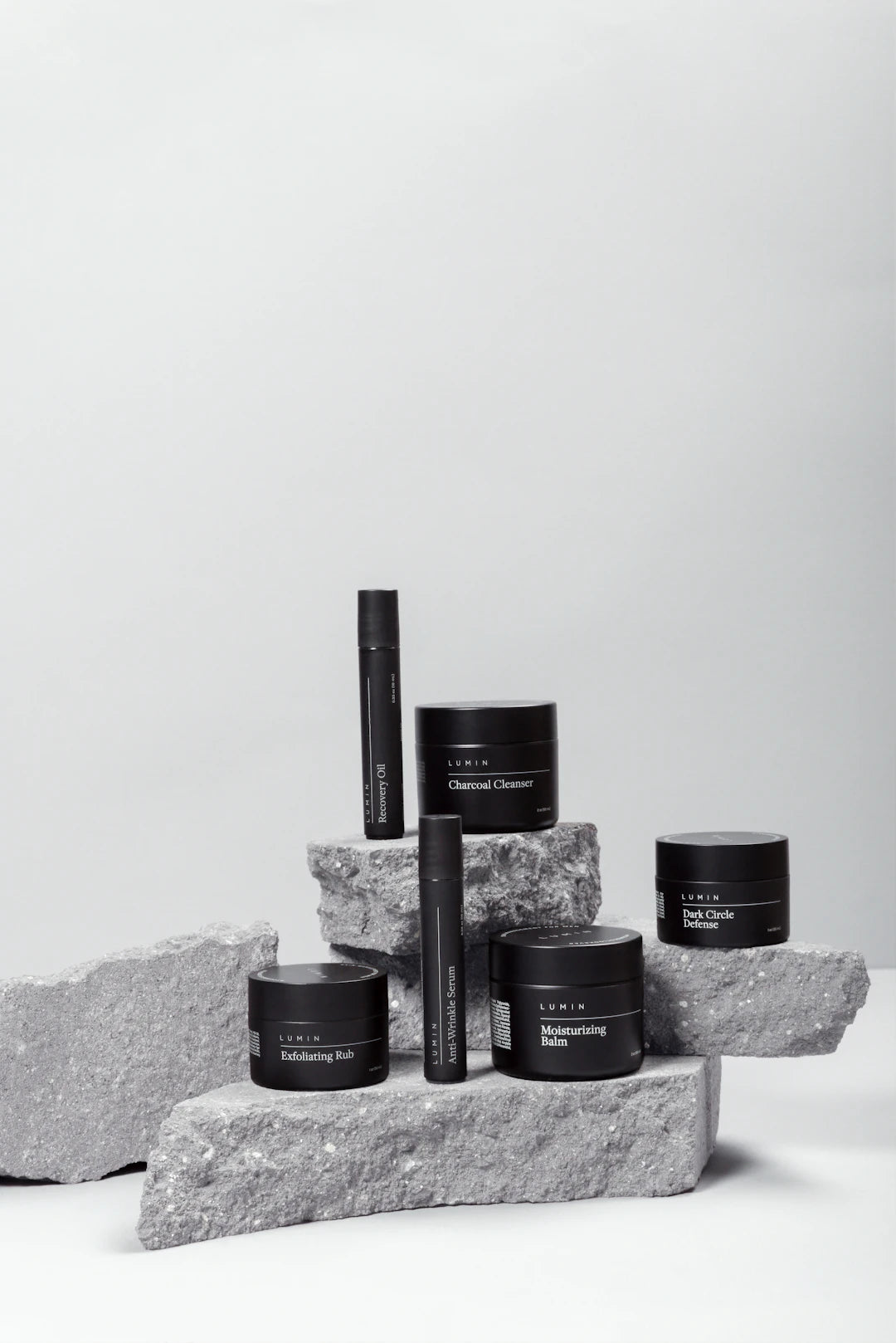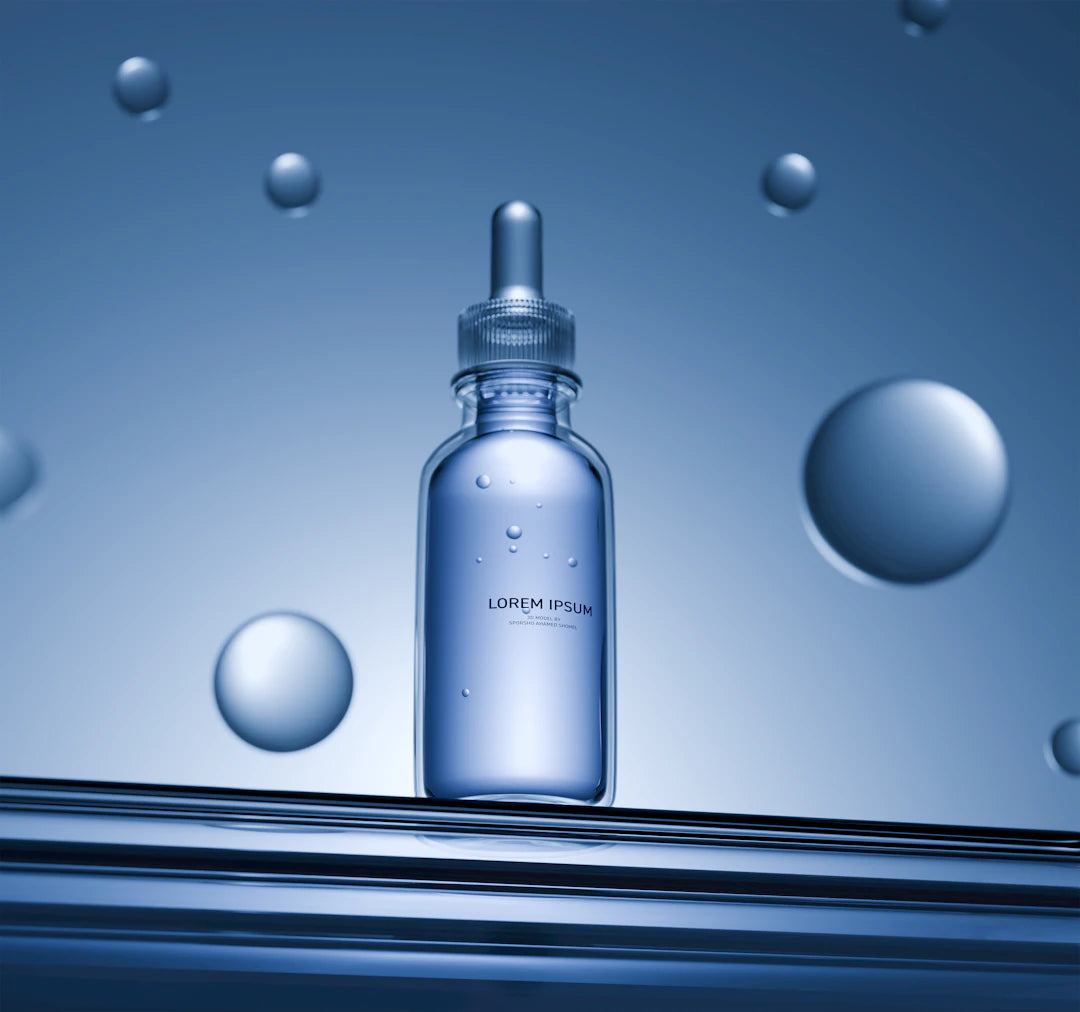The Ultimate Guide to Exfoliation: Frequency and Tips

Frequently Asked Questions
1. What is exfoliation?
2. How often should I exfoliate?
3. What are the types of exfoliation?
4. What should I do after exfoliating?
5. Can exfoliation improve my skincare routine?
Exfoliation is a key step in any skincare routine. It’s essential for maintaining radiant, youthful skin, but many people find themselves wondering how often they should really be doing it. Striking the perfect balance can make a significant difference in your skincare routine, enhancing the overall effectiveness of beauty oils and other products you use. In this post, we’ll delve into the various aspects of exfoliation, exploring practically everything you need to know to achieve glowing skin while promoting skin tightening.
Understanding Exfoliation: What Is It?
Exfoliation is the process of removing dead skin cells from the surface layer of your skin. This process reveals fresher, newer skin underneath, leading to improved texture and tone. Regular exfoliation can help with various skin concerns, including dullness, uneven texture, enlarged pores, and even some forms of acne.
There are primarily two types of exfoliation: physical and chemical.
Physical Exfoliation
Physical exfoliation involves the use of scrubs or tools to manually buff away dead skin cells. This can include sugar scrubs, salt scrubs, brushes, and exfoliating sponges. While effective, it’s crucial to be gentle to avoid irritation and micro-tears on the skin.
Chemical Exfoliation
Chemical exfoliants use acids, such as Alpha Hydroxy Acids (AHAs) and Beta Hydroxy Acids (BHAs), to dissolve dead skin cells. These can often penetrate deeper into the skin, addressing issues like acne and fine lines more effectively. Common types of chemical exfoliants include glycolic acid, lactic acid, salicylic acid, and more.
Why is Exfoliation Important?
Exfoliation offers numerous benefits for your skin, making it a vital part of any beauty regimen. Some key advantages include:
- Improved skin texture: Exfoliation smooths the surface of your skin, making it feel soft and youthful.
- Enhanced product absorption: By removing the barrier of dead skin, beauty oils and serums can penetrate more effectively, maximizing their benefits.
- Brightening effect: Regular exfoliation helps combat dull skin, providing a more radiant and luminous complexion.
- Skin tightening: Consistent exfoliation encourages cell turnover, enhancing skin’s firmness and elasticity over time.
How Often Should You Exfoliate?
The question of frequency largely depends on your skin type and the type of exfoliant you’re using. Here’s a general guideline to help you out:
For Sensitive Skin
If you have sensitive skin, it’s best to limit exfoliation to once a week. Opt for gentle, soothing exfoliants to minimize irritation. You might consider using a beauty oil to give your skin additional moisture to help counterbalance any tenderness that exfoliation can cause.
For Normal to Combination Skin
A normal or combination skin type can typically handle exfoliating 2-3 times a week. Chemical exfoliants may be particularly beneficial, as they often provide a gentler touch than physical options. Ensure that you monitor your skin’s reactions, and adjust as necessary.
For Oily or Acne-Prone Skin
Oily or acne-prone skin often benefits from more frequent exfoliation, up to 3-4 times a week, especially with products containing BHAs like salicylic acid. Regular exfoliation can help prevent clogged pores and minimize breakouts, keeping your skin clear and radiant.
Tips for Successful Exfoliation
To make the most of your exfoliation efforts, consider the following tips:
- Patch test: Always perform a patch test, especially with new products. This helps you avoid adverse reactions.
- Follow with hydration: After exfoliating, always apply a quality moisturizer or beauty oil to nourish your skin.
- Stay sun safe: Exfoliating can make your skin more sensitive to the sun. Use sunscreen daily to protect your fresh skin.
- Listen to your skin: If you notice redness or irritation, reduce the frequency or switch to milder products.
Choosing the Right Exfoliant for Your Skin Type
Different skin types require different exfoliation products. Understanding what works best for you is essential for achieving optimal results:
Dry Skin
If you have dry skin, aim for exfoliants that are hydrating. Look for products containing AHAs such as glycolic acid or lactic acid, which not only exfoliate but also provide moisture. Utilize a nourishing beauty oil post-exfoliation to lock in hydration.
Oily Skin
For oily skin, you may lean towards BHAs like salicylic acid, which helps to slough off dead skin cells while addressing excess oil and breakouts. An oil-free beauty oil can be a great addition to your routine post-exfoliation to maintain balance.
Combination Skin
Combination skin can successfully benefit from both types of exfoliation. You might incorporate chemical exfoliants for areas with more oil while opting for a gentle scrub on drier areas. Always follow up with products that assist in skin tightening.
Sensitive Skin
If you have sensitive skin, consider gentler options like enzyme exfoliants, which are less abrasive. Always focus on nourishing your skin with calming beauty oils following exfoliation.
Common Mistakes to Avoid When Exfoliating
Even with the best intentions, many people make common mistakes during exfoliation that can lead to negative results. Here are a few to be aware of:
- Over-exfoliating: Less is more. More frequent exfoliation doesn’t equate to better results; too much can irritate and damage your skin.
- Choosing the wrong product: Always match your exfoliant to your skin type to avoid adverse effects. Know whether your skin would do better with physical or chemical exfoliants.
- Neglecting hydration: Always provide your skin with hydration post-exfoliation. This is where a beauty oil can work wonders!
When to Exfoliate: Morning vs. Night
The timing of your exfoliation can also impact its effectiveness. Here’s what to keep in mind:
Mornings
Exfoliating in the morning can rejuvenate tired skin and prepare it for the day ahead. Just remember to use a good sunscreen afterward to protect your fresh complexion.
Nights
Many experts recommend nighttime exfoliation because your skin goes into repair mode while you sleep. This is especially vital if you’re using more potent chemical exfoliants. Be sure to follow up with a beauty oil to support your skin during its renewal process.
What to Do After Exfoliating
After exfoliating your skin, consider these essential aftercare steps:
- Apply a soothing toner: A gentle, hydrating toner can soothe your skin and restore pH balance.
- Use a nourishing moisturizer: Select a moisturizer that complements your skin’s needs. Including a beauty oil can add an extra layer of hydration.
- Stay away from other active ingredients: After exfoliation, give your skin a break from other strong actives like retinoids or vitamin C to avoid irritation.
Personalize Your Exfoliation Routine
Your exfoliation routine should be tailored to your individual needs. Factors like age, lifestyle, environment, and personal skin considerations will significantly influence how often you should exfoliate and which products to choose. Don't hesitate to consult with a skincare professional to optimize your routine further.
It can take a bit of time and experimentation to find what works best for you, but the confidence of having smooth, glowing skin makes it all worthwhile.
Final Thoughts on Exfoliation
In summary, exfoliation is a cornerstone of effective skincare, playing an essential role in enhancing your beauty routine and promoting skin tightening. By choosing the right products and following the optimal frequency tailored to your skin type, you can achieve that flawless complexion you desire. So go ahead, exfoliate, and watch your skin transform into a brighter, healthier version of itself! Remember, consistency is key, and with the right approach, you'll unlock radiant skin that shines with beauty and confidence.


